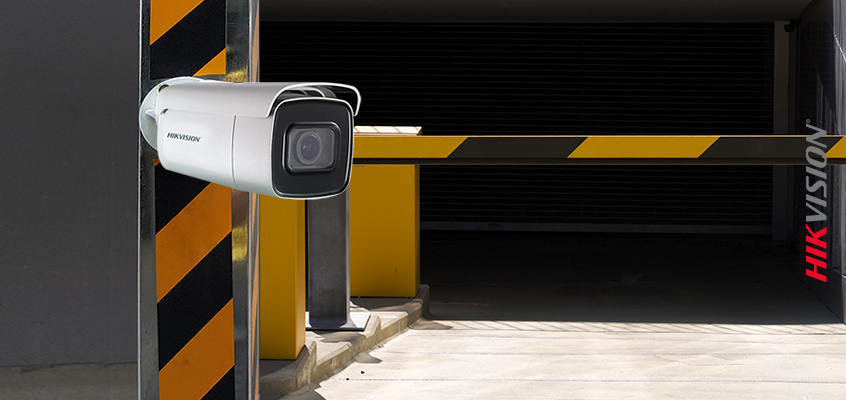How License Plate Recognition (LPR) Technology Works to Deliver Accurate Security for Businesses

Hikvision’s LPR Systems Quickly Gather Vehicle Plate Data Using Several Key Steps
Being able to identify vehicles at parking entrances or intersections can provide major benefits for a range of businesses and organizations. Accurate license plate recognition (LPR) technology can support better site security, vehicle entrance management, and help staff search for vehicle data when an incident occurs. Hikvision LPR systems identify plate numbers using several key steps to provide effective vehicle access and parking lot management.
LPR technology now uses the most advanced algorithms to provide highly accurate and effective data gathering for vehicle license plate and color. Hikvision’s current LPR systems offer several benefits.
- Efficient: Provides ultra-high accuracy rate for license plate recognition and non-stop vehicle flow monitoring
- Automated Security: Auto-alarm triggering and notifications for unauthorized license plates
- Flexible: Easy deployment and installation
- Centralized Management: With HikCentral central management software (CMS), you can generate reports, find vehicle entrance/exit records, and get real-time alarm notifications.
Hikvision LPR technology extracts license plate data from complex backgrounds, separates and recognizes each character on the plate, and reformats the plate information to gather accurate, real-time data. It uses the following steps to accomplish this task:
- Plate locating technology that is able to identify both single section and dual section license plates, and does not rely on plate color or character structure to gather data.
- Character partitioning, which determines the left and right borders of each character after plate locating finds the plate’s upper and lower borders.
- Hikvision’s character recognition algorithm provides improvements over traditional plate recognition with its ability to recognize a wide variety of characters.
Learn more about how these steps work to gather accurate data about vehicles and plate numbers in this Hikvision LPR technology paper. Visit our Vehicle Entrance Control webpage for additional information.
